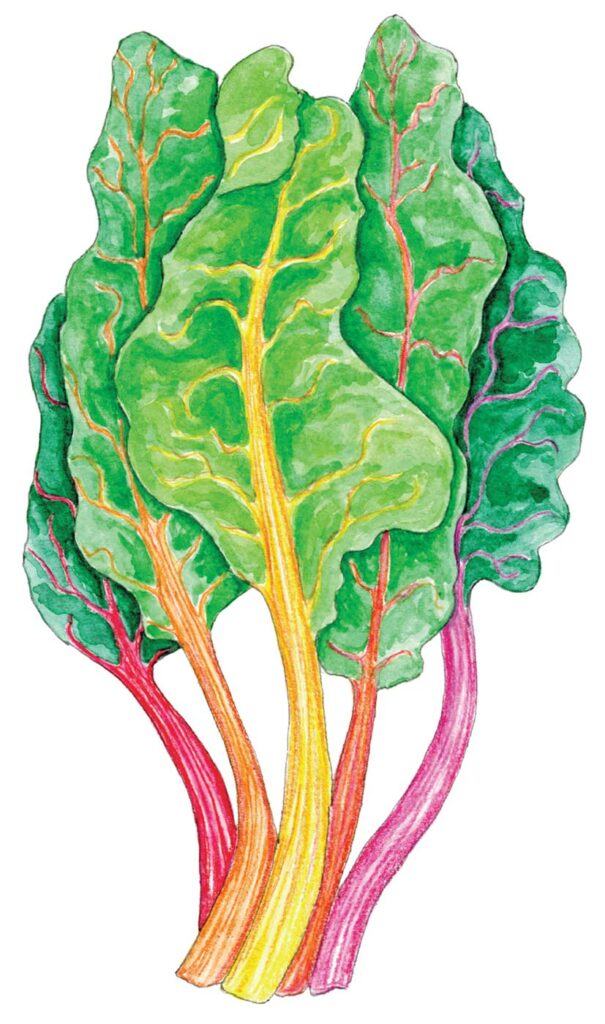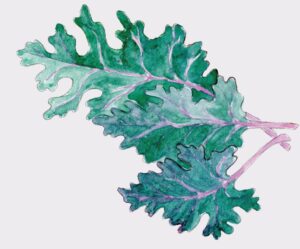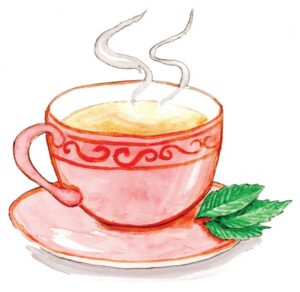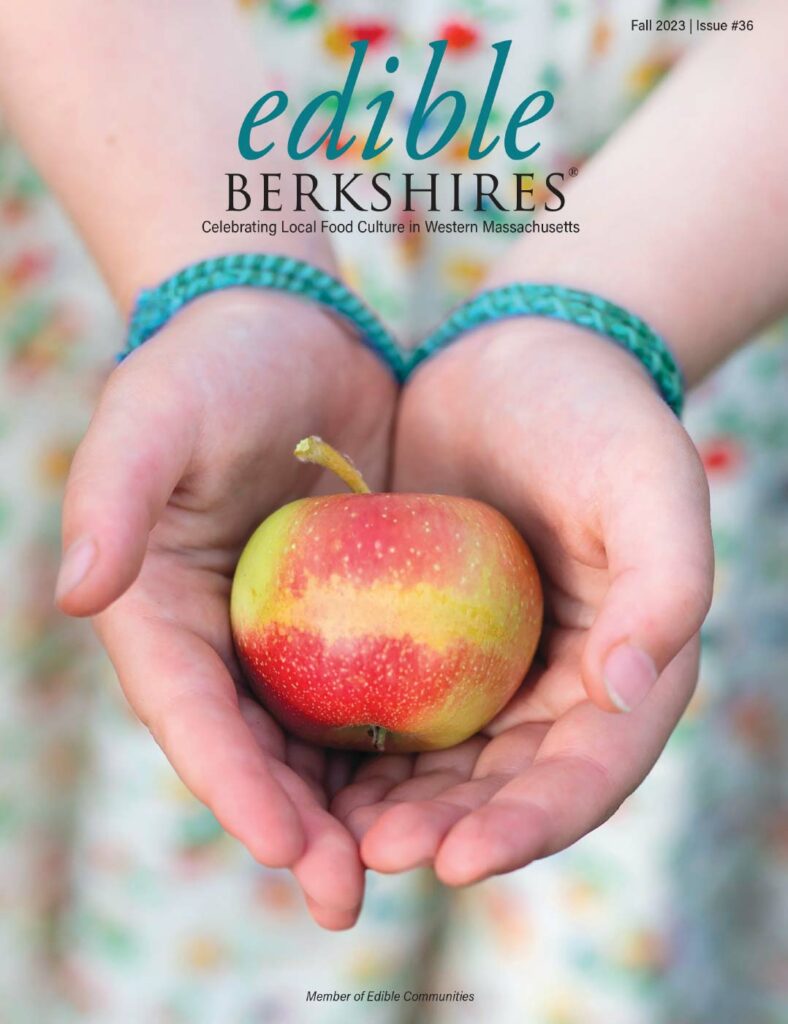
Let Nature Be Your Guide
ILLUSTRATIONS BY CHARMAINE KOEHLER-LODGE
According to the ancient science of Ayurveda, seasonal harvests are the remedy for better health. Summer foods are cooling: fruits, sweeter greens, and light vegetables counter the heat.
In the autumn, as the days grow cooler, heavier root vegetables ripen, sturdy pumpkins and squashes are harvested, and grains and beans are gathered for storage. These heavier and more warming foods help to add bulk to the body to insulate for the coming winter. Winter is the season of hibernation and storage when we should eat the heaviest and most heating foods such as healthy fats, animal products, and foods that can be stored such as grains, beans, and root vegetables. It is natural and healthy to add on a few pounds during this season to insulate from the cold.
The spring diet helps us to lose the extra weight and clean out the accumulations from winter: The body gets a simple cleanse in the spring if we follow the natural cycle.
As the snow melts and the days warm, we see the first signs of spring: the bright yellow petals of a daffodil, the blush of a tulip, or the delicious scent of the hyacinth flower. How do these markers make us feel? Fresh? Vibrant? Energized? This is how we should feel in the springtime. However, we often feel heavy, sluggish, and congested with excess mucus and a cough: many people get a spring cold or allergies.
These symptoms are a result of accumulations from winter that should leave the body, and our food choices can help us in this transition between the seasons.
The cycles of nature have wisdom that bring balance if we follow certain guidelines. The foods that grow in each season in a specific area are the natural remedy to counter the effects from that season’s qualities. Ayurveda teaches us that each taste has an impact on the body. Spring in the Berkshires is cool, moist, and heavy with cloudy days, heavy rains, and moist muddy landscape.
Opposites balance, so foods that are warm, light, and dry will be helpful. The plants that first emerge in early spring are tender green shoots that are bitter, astringent, and pungent in taste (think dandelion greens). These tastes break down accumulations, dry up secretions in the body, and create warmth and circulation for removing excess fluids and wastes. These are the tastes we need more of in the spring or when we are feeling lung or sinus congestion as in a cold or hay fever.
If we were exclusively eating what grows in the Berkshires in this season, we would be picking dandelion leaves, garlic mustard, tender young fiddlehead ferns, or spicy ramps.
However, when we are shopping in a modern grocery store there are foods from many places and often they are not in season in our area. If we just remember to include more of these three tastes, then we will feel better. Choosing more green vegetables like asparagus, sorrel, watercress, kale, spinach, and broccoli rabe will give you the bitter taste. Adding astringent taste from herbs like nettles and raspberry leaves, teas of dandelion or burdock root, pomegranates, and unripe bananas is helpful. And adding spicy foods for warmth like ginger, garlic, onions, peppers, radishes, and chilies to meals will help move your lymph for cleansing.
So, try a lighter diet this spring to feel fresh and vibrant; start with a week to see if you feel a difference. Include more locally harvested foods, incorporate more green vegetables, and eat lighter grains like corn, quinoa, and millet. Try roasting vegetables instead of steaming to add a dry quality. Limit oils and fats, reduce animal products, and take a break from sugar, alcohol, and caffeine. Your body will thank you.









